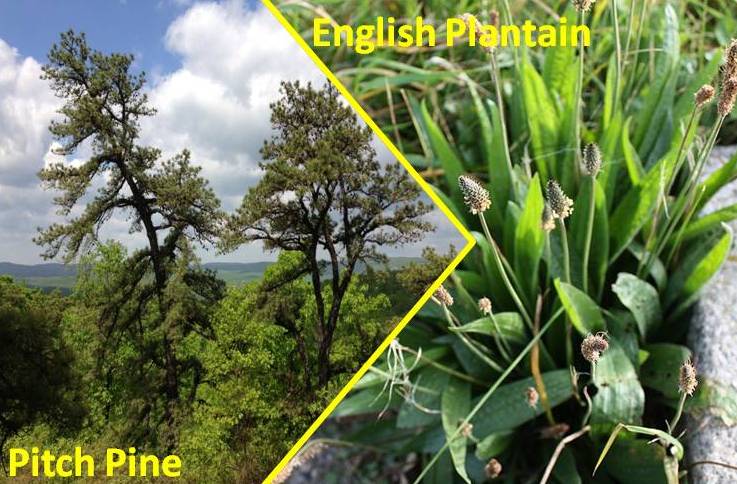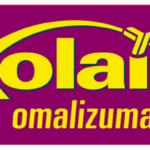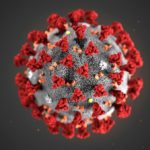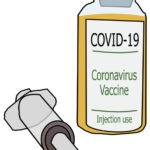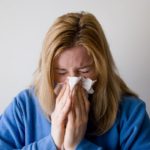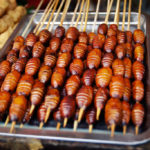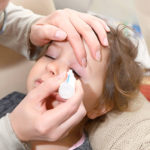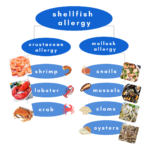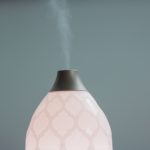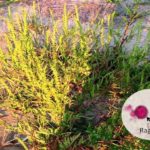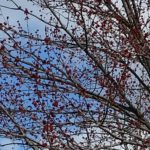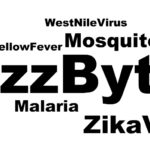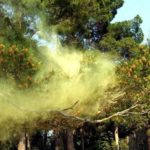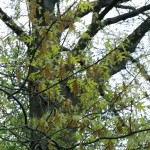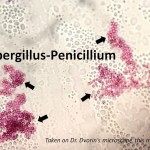allergies, allergy, allergy symptoms, Dr. Donald Dvorin, Dr. Marc Goldstein, english plantain, grass pollen, outdoor mold, outdoor mold spores, pine tree pollen, plantago lanceolata, pollen, pollen count, priming effect, spring, The Asthma Center, tree pollen, weed pollen
Pine & Weed Pollen Double Header
For interviews and tours of the Delaware Valley’s only certified pollen and mold spore stations for the National Allergy Bureau (NAB) with stations, please email gwoodlyn@asthmacenter.com
Today’s only official Pollen & Mold Spore Counts for the Delaware Valley:
Overall Tree Pollen volume increased an estimated 28% today compared to yesterday. At nearly 900 pollen grains per cubic meter of air, tree pollen remains in the Very High range and may continue to provoke moderate to severe symptoms. As a reminder, tree pollen counts 1000 and above are considered extreme.
Pine Tree Pollen is increased slightly compared to yesterday and again is the predominant pollen. Today, pine tree pollen accounts for 75% of all tree pollen currently in the air.
Despite the abundance of pine pollen in our air samples, pine pollen allergy is often ignored.
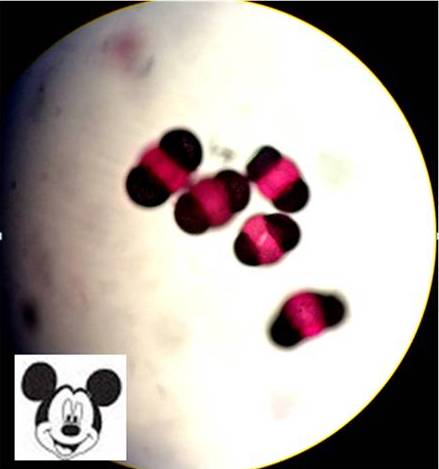
“For individuals who today are sneezing, itching, have itchy watery eyes and/or other allergy & asthma symptoms, exposure to multiple aeroallergens—what’s in the air—especially pine pollen in our air matters now,” explains Dr. Goldstein. “Pine pollen makes our region unique from an allergy perspective compared to other areas of the Northeastern U.S. where pine pollen is minimal, nonexistent, or other species are prevalent.”
Curious about what makes Pine a powerhouse hitter in the Delaware Valley? Read yesterday’s post “Pine: Star Player Triples – Mold Batting Cleanup”
Grass Pollen is increased again today and remain High. Are you ready?
For tips on Grass Pollen Preparedness, read our 5/9 blog Extreme Tree + More Grass & Molds = Misery Monday
Outdoor Mold Spores have decreased approximately 20% compared to yesterday. However, at over 5,600 spores per cubic meter of air for 24 hours, outdoor mold spores are very high and continue to have the potential to provoke moderate to severe symptoms. For more on Outdoor Mold Spores and mold allergy, be sure to read our 5/24 blog Rain Brings Trouble As Mold Spores Double
Weed Pollen is moderate. The only weed pollen in the air today is plantago lanceolata (more commonly known as English Plantain)
There are many kinds of weeds which produce pollen in the Delaware Valley with most typically producing pollen from August through September. However, a few types of weeds produce pollen during the early and midsummer seasons. Plantago lanceolata (commonly known as English Plantain) is one of the “early weeds.”
After finishing today’s counts, Dr. Dvorin reviewed his historical data for English Plantain weed pollen for the last 5 years. “We do see English Plantain at this time of year, in some years,” said Dr. Dvorin. “It [English Plantain] is definitely an early-mid summer pollen for the Delaware Valley with steady volume in June and July, not a big volume pollen usually, but a steady one.
“For English Plantain to be in the moderate range today, this could well be an extra problem for anyone who is also allergic to trees, grasses and or outdoor molds.”
The reason, according to Dr. Dvorin, that having weeds in the moderate range could be an extra problem is due to the priming effect. The priming effect is set up during the early periods of exposure to pollen (as in the beginning of tree pollen season). Depending on an individual’s level of allergic sensitivity, symptoms typically are experienced with higher levels of pollen. As the season progresses and exposure to the relevant pollen diminishes, “priming” accounts for why less pollen exposure in the air continues to provoke the same allergic misery.” For more on the priming effect and other Q&A, read Dvorin & Goldstein Field Questions: Pollen & Allergy Misery.
In the United States, English Plantain is an invasive species. It was likely brought to the Americas as a tea or herbal remedy. Homeowners and landscapers recognize English Plantain as one of the two types of plantain which are troublesome for lawn care. This is because plantain weeds in general thrive in compacted and/or poor soil conditions and takeover quickly if a lawn is neglected. So add weeds to the list of reasons why lawn care is important along with grass pollen!
If you would like to know if pine pollen allergy or English Plantain weed pollen allergy is playing a role in your symptoms, The Asthma Center does routinely test for pine pollen sensitivity and English Plantain weed pollen sensitivity—contact the office location near to schedule an appointment!
Be sure to check back in for The Asthma Center’s Daily Pollen and Mold Spore Count, the Delaware Valley’s ONLY official count station which is certified by the National Allergy Bureau. Subscribe to receive our daily counts by email or check out some of our other blog posts to learn more about what is in the air, how it can affect you, and what you can do about it.
Make an appointment to see an allergist – Why Choose Us?
The best way to fight your allergies is to visit a board certified allergist, learn what your allergies are, create a treatment plan, and adjust as needed. No two allergy sufferers are alike, so don’t rely on over the counter medications when you could be targeting your symptoms with the help of our allergy experts!
Recent
Popular

